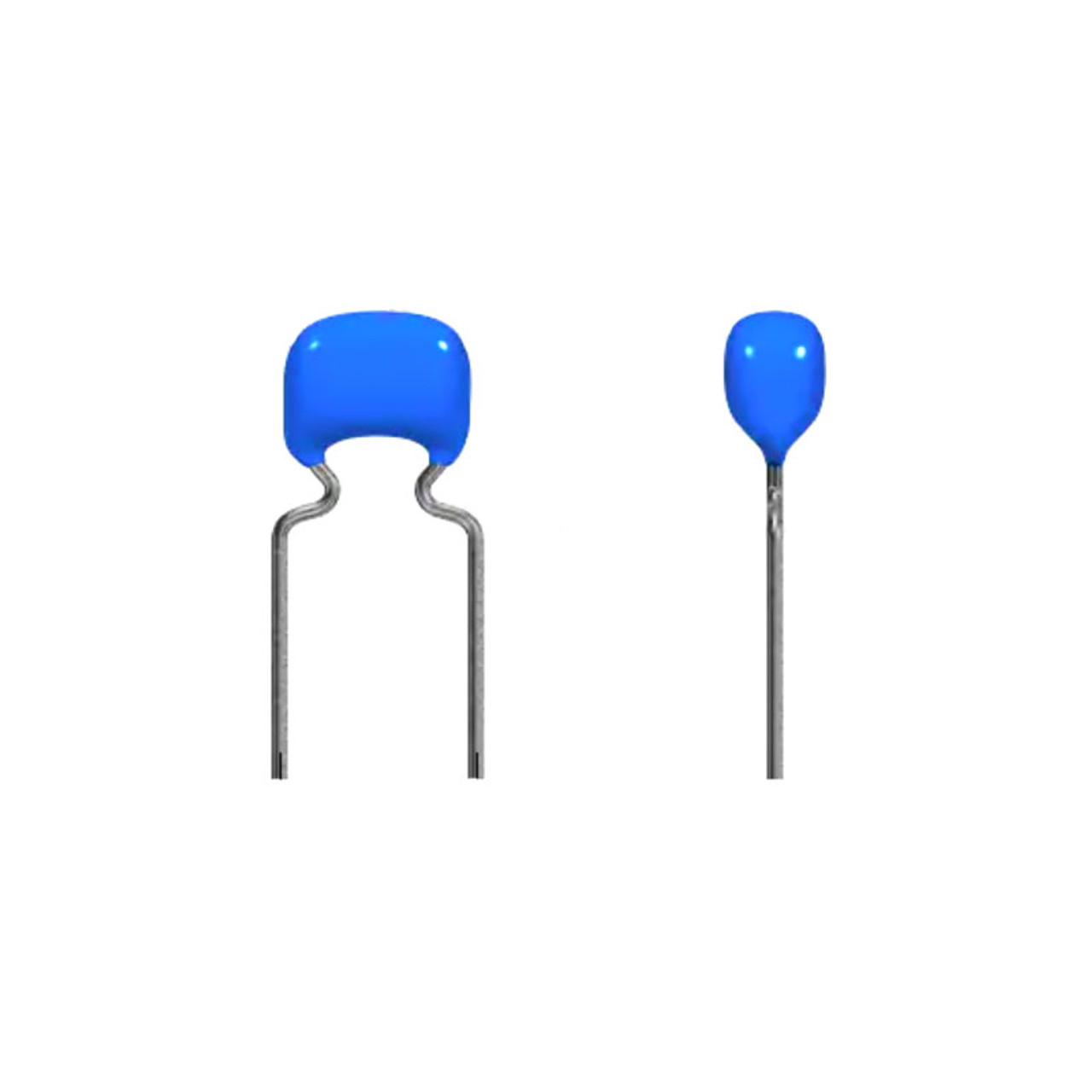When it comes to home heating solutions, the 1500-watt heater has become a standard choice for many consumers. But why is this wattage so prevalent? Understanding the reasons behind the 1500-watt limit involves delving into electrical safety standards, energy efficiency, and practical heating applications. This article will explore these dimensions, providing a comprehensive overview of why 1500 watts is the sweet spot for portable heaters.
- Electrical Safety Standards
One of the primary reasons for the 1500-watt limitation is rooted in electrical safety standards. In the United States, the National Electrical Code (NEC) governs the design and installation of electrical systems. For portable heaters, the NEC stipulates that devices should be designed to operate on standard household circuits, which typically provide 15 or 20 amps at 120 volts.
Calculating the maximum wattage that can be safely drawn from these circuits reveals that:
- 15 amps x 120 volts = 1800 watts
- 20 amps x 120 volts = 2400 watts
However, to ensure safety and prevent circuit overloads, manufacturers often limit portable heaters to 1500 watts. This allows for a margin of safety, ensuring that the heater can operate without tripping circuit breakers or causing electrical fires.
- Energy Efficiency Considerations
Energy efficiency is another critical factor influencing the design of heaters. A 1500-watt heater is capable of producing approximately 5118 BTUs (British Thermal Units) of heat per hour. This output is sufficient for heating small to medium-sized rooms effectively.
Moreover, the 1500-watt rating aligns with the concept of energy conservation. By limiting the wattage, manufacturers can create heaters that are more energy-efficient, reducing overall electricity consumption. This is particularly important in an era where energy costs are rising and consumers are increasingly conscious of their carbon footprints.
- Heating Technology and Design
The design and technology of heaters also play a significant role in the 1500-watt standard. Most modern heaters utilize advanced heating elements, such as ceramic or quartz, which can produce heat quickly and efficiently. These materials allow for rapid heating while maintaining a lower wattage.
Additionally, many heaters come equipped with thermostats and timers, enabling users to control the temperature and duration of operation. This feature not only enhances comfort but also contributes to energy savings by preventing unnecessary heating when the room is already warm.
- Portability and User Convenience
Portability is a significant advantage of 1500-watt heaters. Their lightweight design and compact size make them easy to move from room to room, providing targeted heating where it is needed most. This flexibility is particularly beneficial in homes where central heating may not reach every corner effectively.
Furthermore, the 1500-watt limit ensures that these heaters can be plugged into standard outlets without the need for special wiring or circuits. This convenience makes them an attractive option for renters or those living in older homes with outdated electrical systems.
- Market Demand and Consumer Preferences
Finally, market demand and consumer preferences have solidified the 1500-watt heater as a staple in the heating industry. Consumers often seek products that balance performance, safety, and cost-effectiveness. The 1500-watt heater meets these criteria, providing sufficient heat output for most residential applications while remaining affordable and easy to use.
Conclusion
In conclusion, the prevalence of 1500-watt heaters can be attributed to a combination of electrical safety standards, energy efficiency, advanced heating technology, portability, and consumer demand. Understanding these factors not only helps consumers make informed decisions when purchasing heaters but also highlights the importance of safety and efficiency in home heating solutions. As we continue to seek ways to optimize energy use and enhance comfort, the 1500-watt heater will likely remain a popular choice for years to come.

